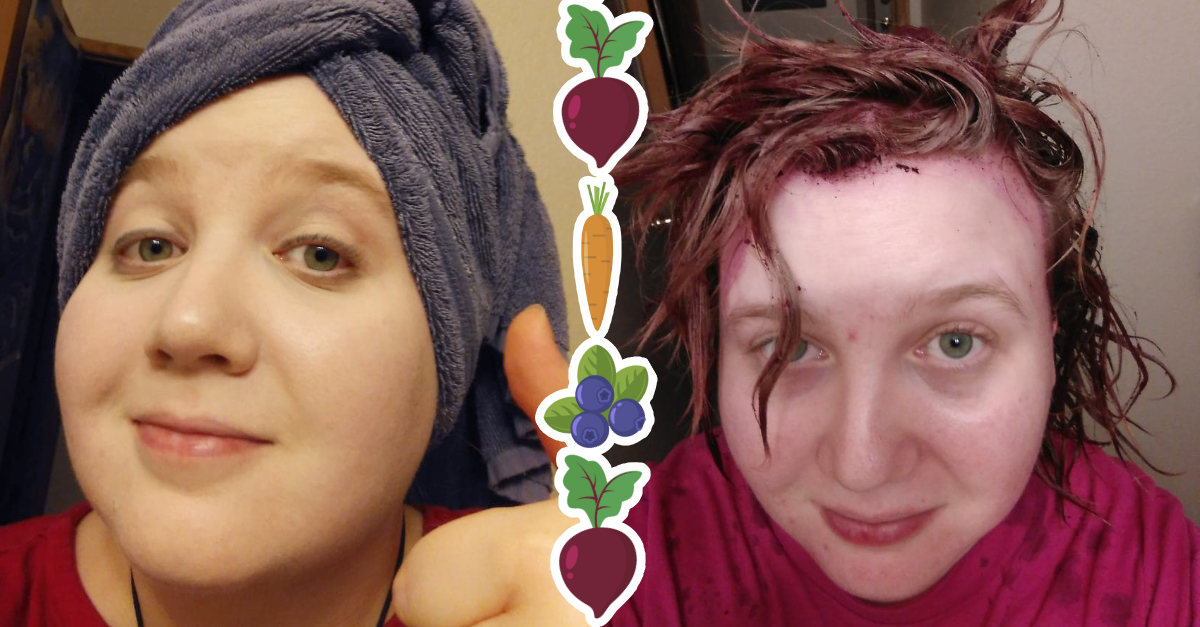
I've never dyed my hair before. I mean, I've colored my hair with that cheap, spray-paint-like crap that gets all over your skin, clothes, and hands, but I don't think that counts. The fact is, I love my hair and its natural hue and softness. I don't want to damage it with artificial concoctions, permanent or semipermanent. (I also don't want to shell out tons of money for a quality dye job at a salon, but that's beside the point.)
While perusing the produce aisle at my local grocery store recently, I came to a realization: People used to dye their hair with all sorts of things they found in nature before artificial products landed on the market — and I could probably use fruit and vegetable juices to color my hair.
I wound up purchasing carrots, blueberries, and beets, all of them common produce items that could be easily juiced at home. I was especially excited about the beets: If you've ever handled beets, you know that the juice instantly stains your hands (and cutting board and countertops) with a deep, vibrant, magenta hue.
I did some research online when I got home and learned that if you simply work the juice into your hair, wrap up your head, and leave the juice in for about an hour before rinsing, you'll give your hair a lovely (and natural) tint. Plus, if you add some apple cider vinegar, you'll supposedly seal in the color.
It sounded almost too good to be true: If this actually worked, I'd never have to shell out for an artificial dye that robbed my hair of its soft texture. I didn't expect the juices to make a dye that was anywhere near permanent, of course, but if they could at least produce a soft color in my hair that lasted for just a couple days, it would be worth it in my eyes.
Here's what worked — and what absolutely, completely failed.
Here's what my hair looked like pre-dye.

As you can see, I'm fairly blonde — not platinum, but light enough that any artificial dye would show up pretty well even if I didn't bleach my hair first.
I decided to start with the lightest-colored produce item: the carrots.
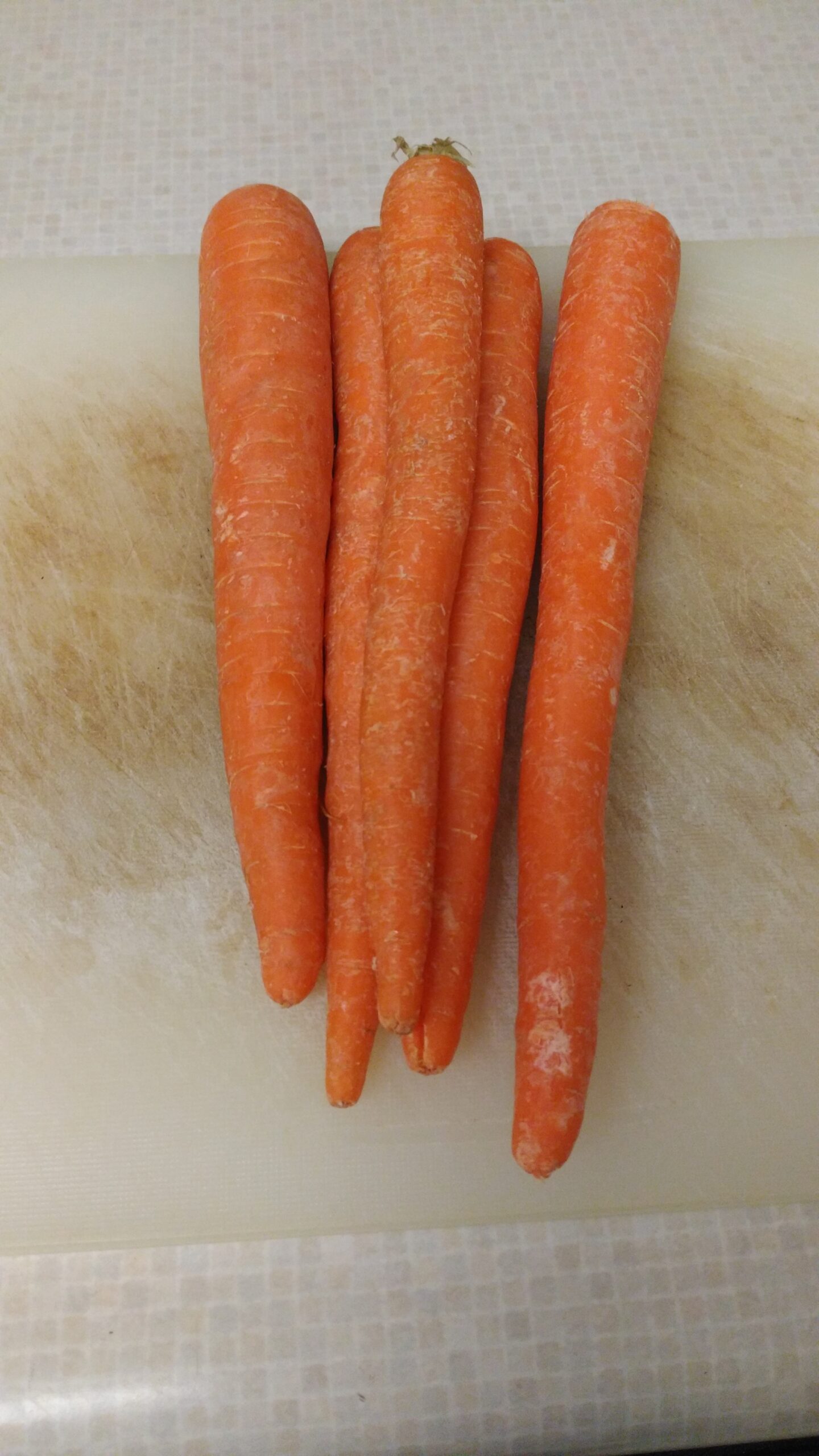
These carrots cost a total of 77 cents, which is quite the bargain provided you have a juicer at home. If you don't, I recommend splurging on bottled carrot juice. (Extracting the juice from raw carrots without a juicer is quite the process — something my blender and I learned the hard way…)
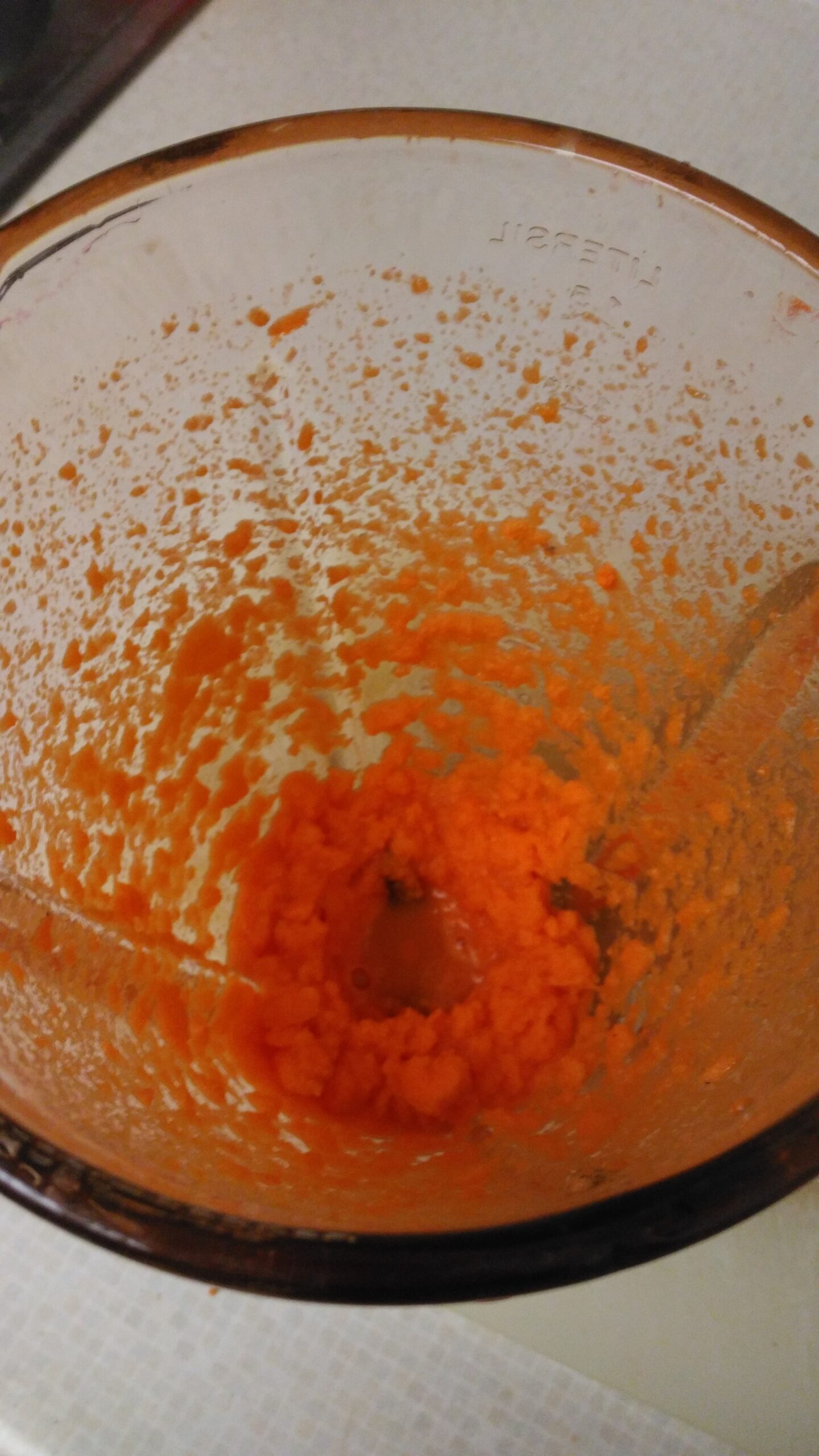
Once I strained the juice from the pulpy bits, applying it to my hair proved to be quite the challenge. Sitting against the tub and pouring it back over my head didn't really work, so I decided to just strip and stand in the bathtub while I poured the room-temperature liquid onto my head.
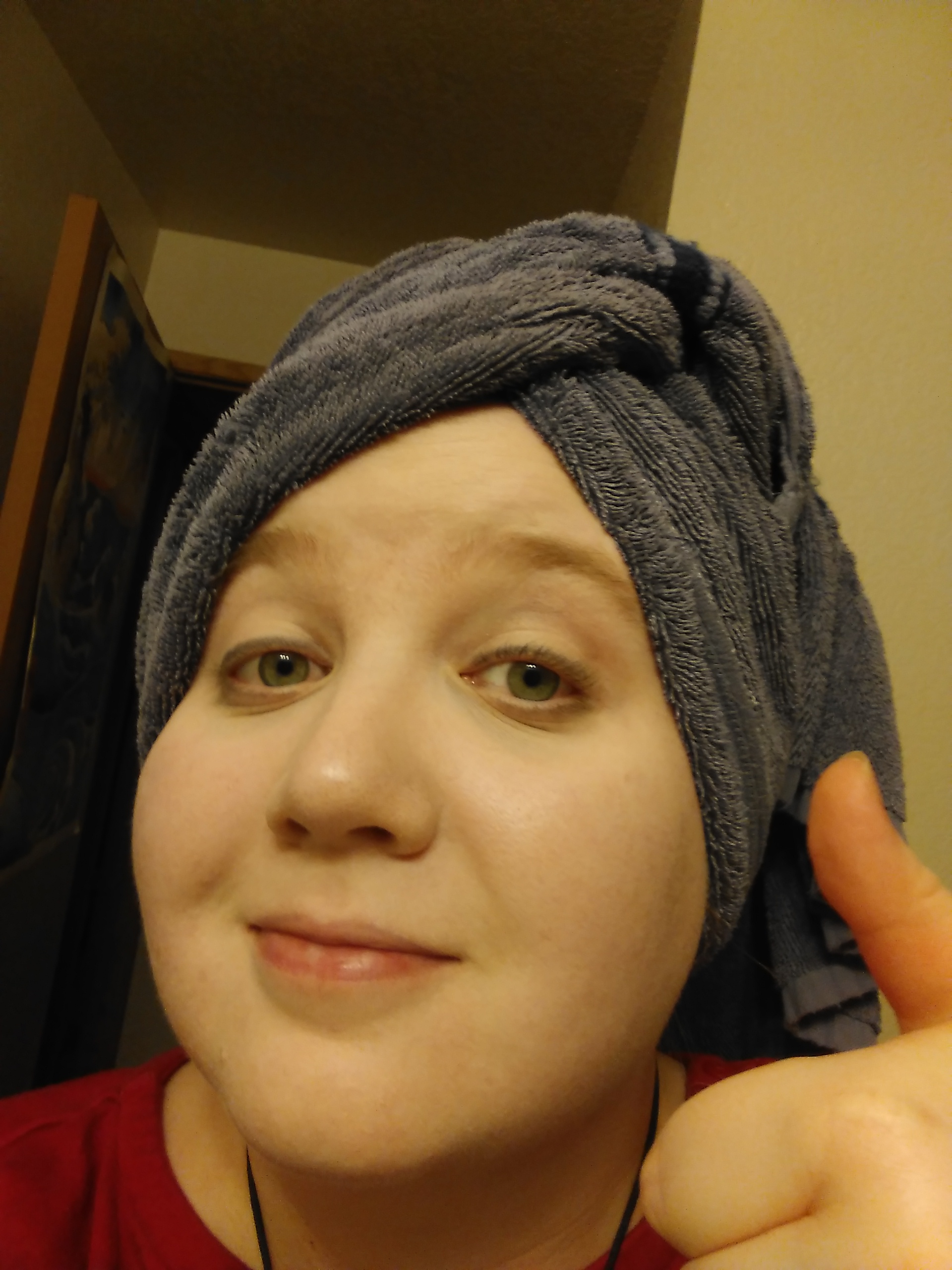
After making a complete mess of myself, I wrapped up my hair in a towel, put on a button-up pajama shirt and black pajama pants, and wiped as much carrot juice off my face as I could. Then I waited.
The Results
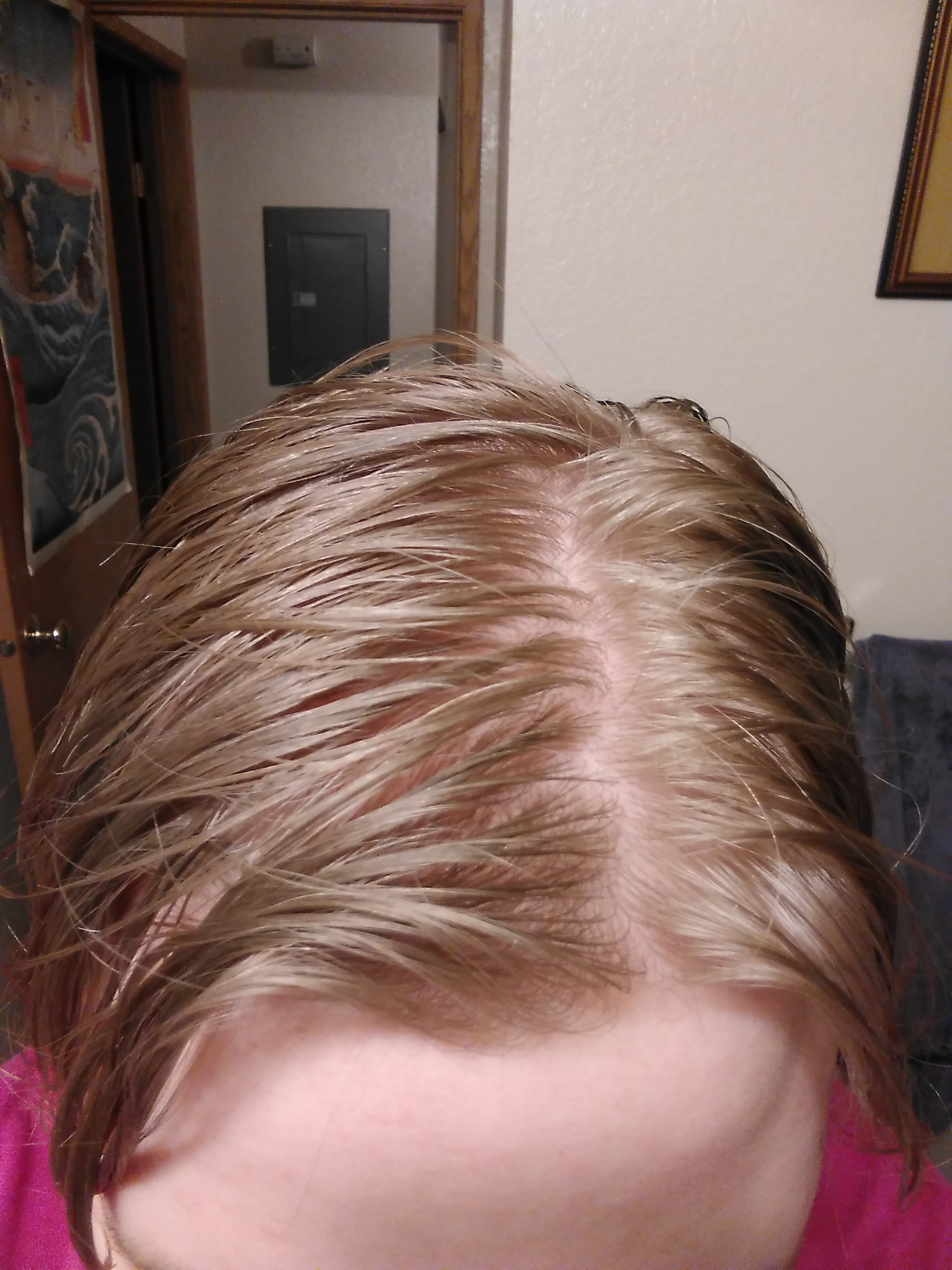
After letting the juice sit on my hair for an hour and then rinsing it off, I looked in the mirror to see the result. Nothing. I had picked up some apple cider vinegar and used it to make a setting spray, per the internet, but there was no point in using it on my still-blonde hair.
Next Up: The Blueberries
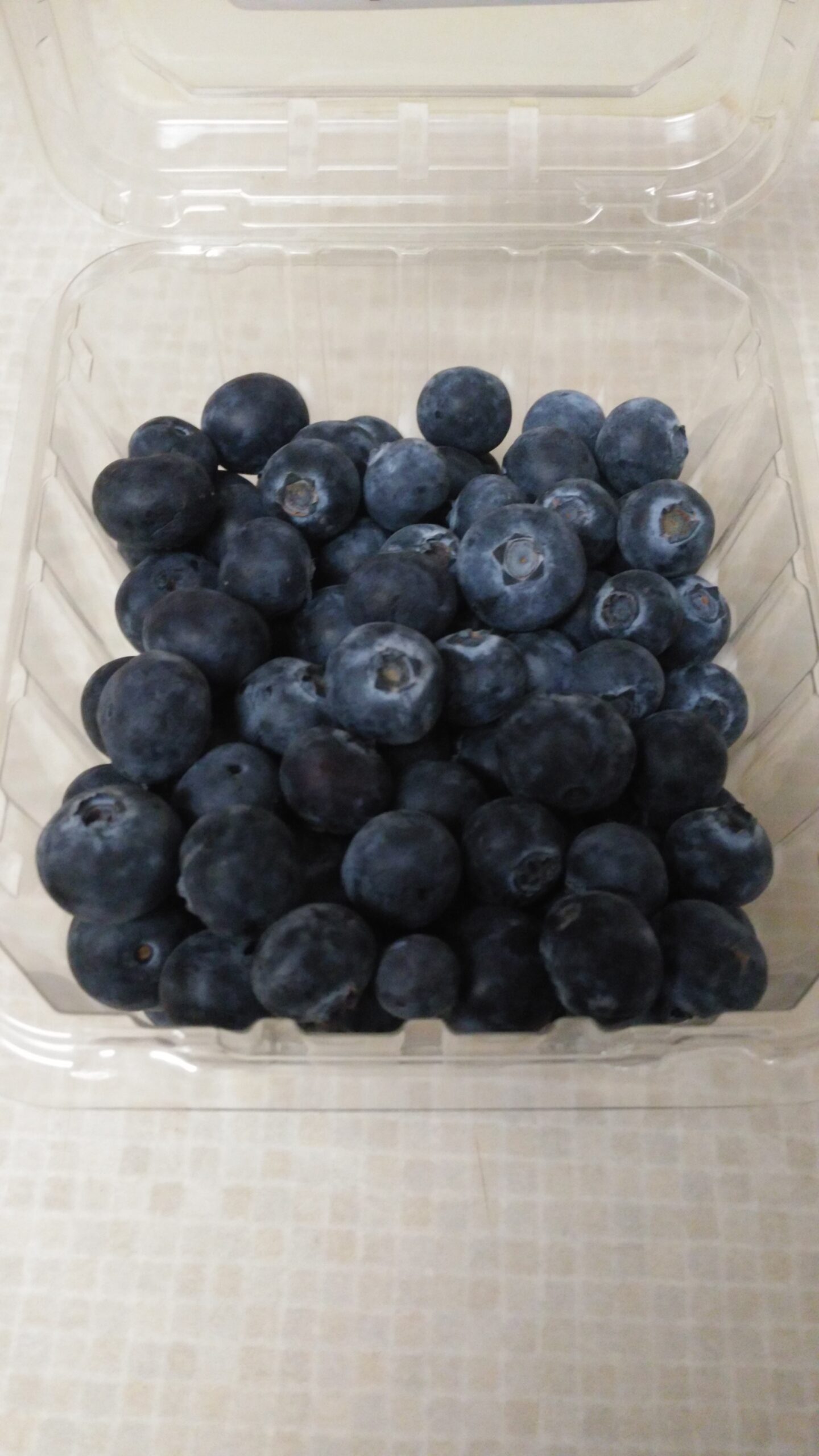
The carrot juice officially a bust, I moved on to juice No. 2 — blueberry juice. Considering the fact that the sapphire berries' juice is much darker and more liable to stain than that of carrots, I was hopeful I would see better results.
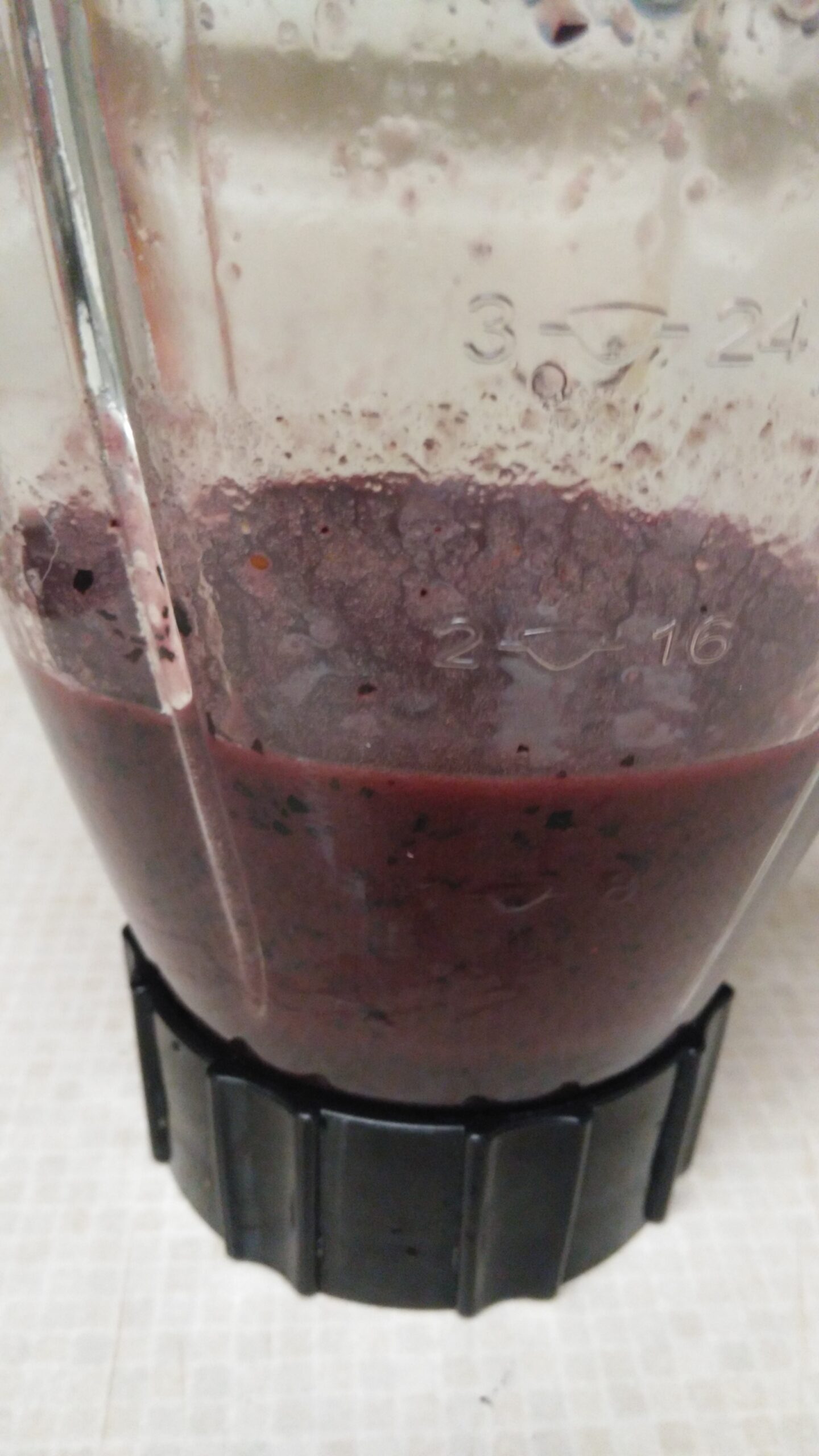
I repeated the same juicing-in-a-blender process that I used with the carrots, which was much easier this time around, though I did get a little concerned about the consistency of the juice; it wasn't as thick and pulpy as the carrot variety, which made me worry that it would just get absorbed by my towel. I applied as much as I could to my hair and really worked it in, then wrapped up my head in the towel and waited.
The Results

Again, nothing — both before and after rinsing. This experiment was starting to get seriously disappointing. Was I doing something wrong? Is my hair just reluctant to be dyed? Or do most people stick to artificial dyes because veggie and fruit juices just don't work?
Last, But Not Least: The Beets
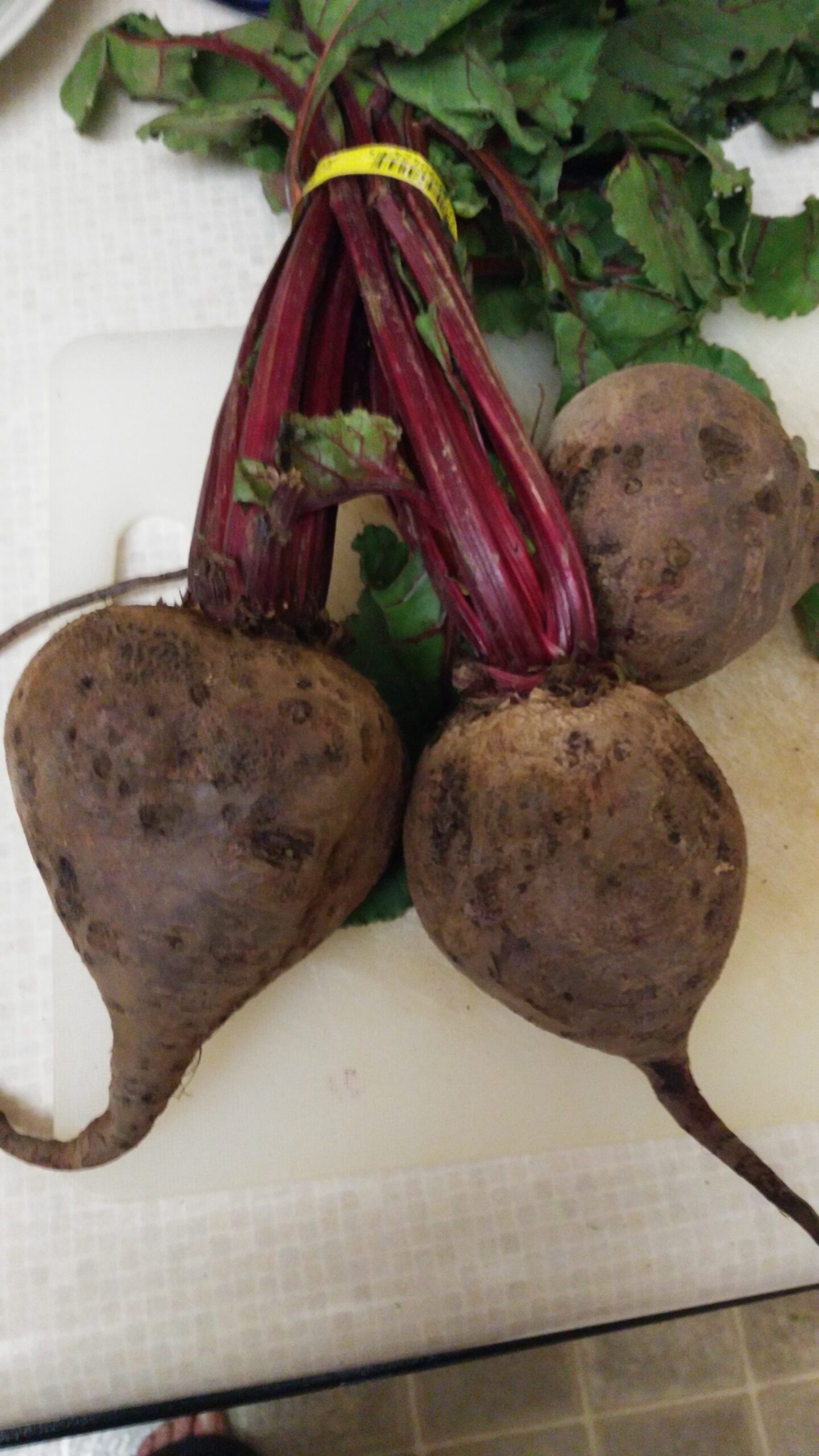
If anything was going to work, I assumed it was going to be the beets. Just peeling them stained my hands with a beautiful red hue.
After grinding them up into a nice, wet pulp in my blender, I decided to keep the solid bits rather than strain out the juice so that I could be sure the "dye" stayed in my hair (rather than be absorbed by the towel). I used as much of the mixture as I could and really worked it into my roots, squeezing the pulpy parts into every inch of my hair. I wound up making a pretty big mess.
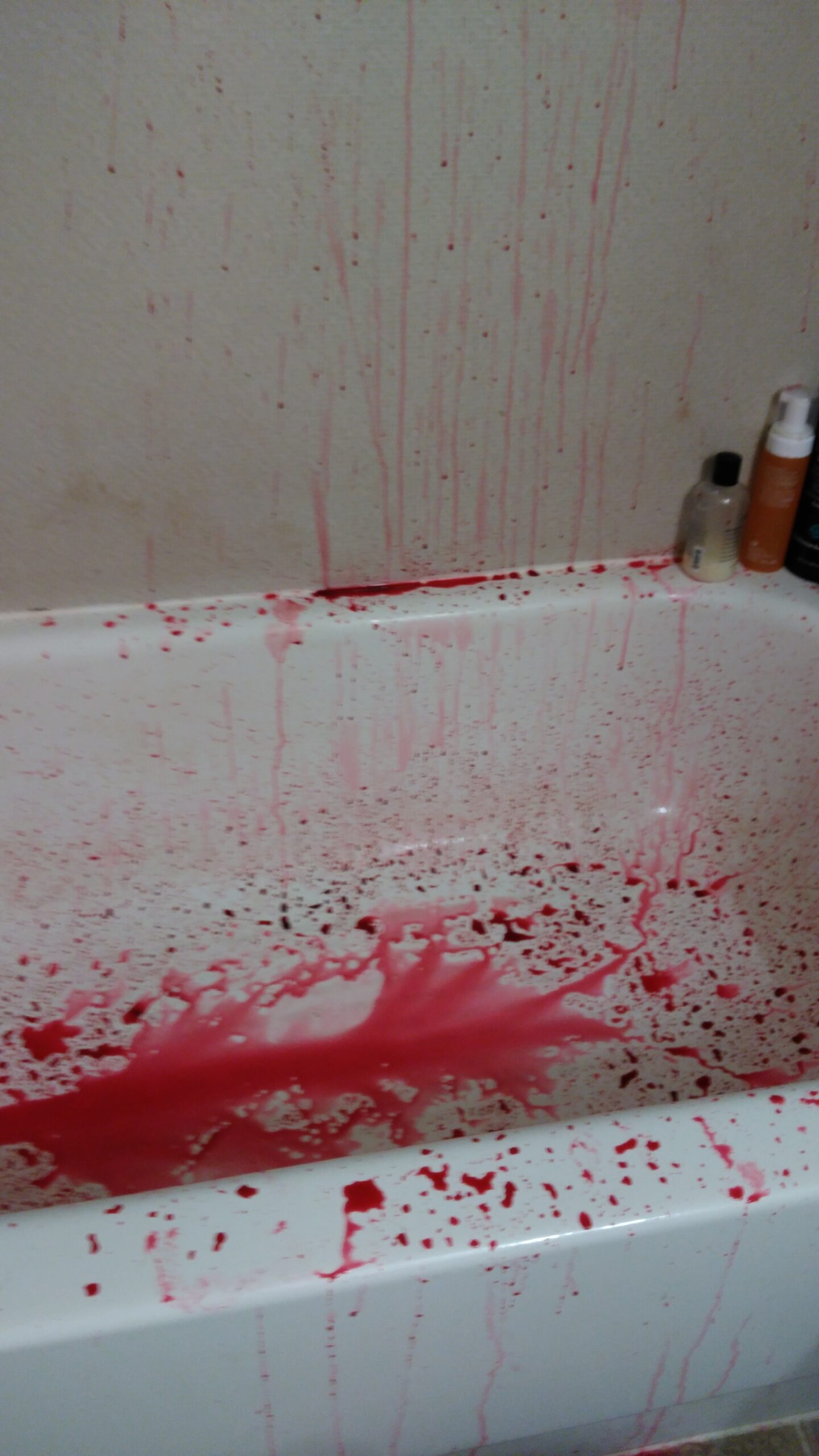
And when I was done, my bathroom looked like the scene of a murder.
Here's what my hair looked like once I was done working in the "dye."
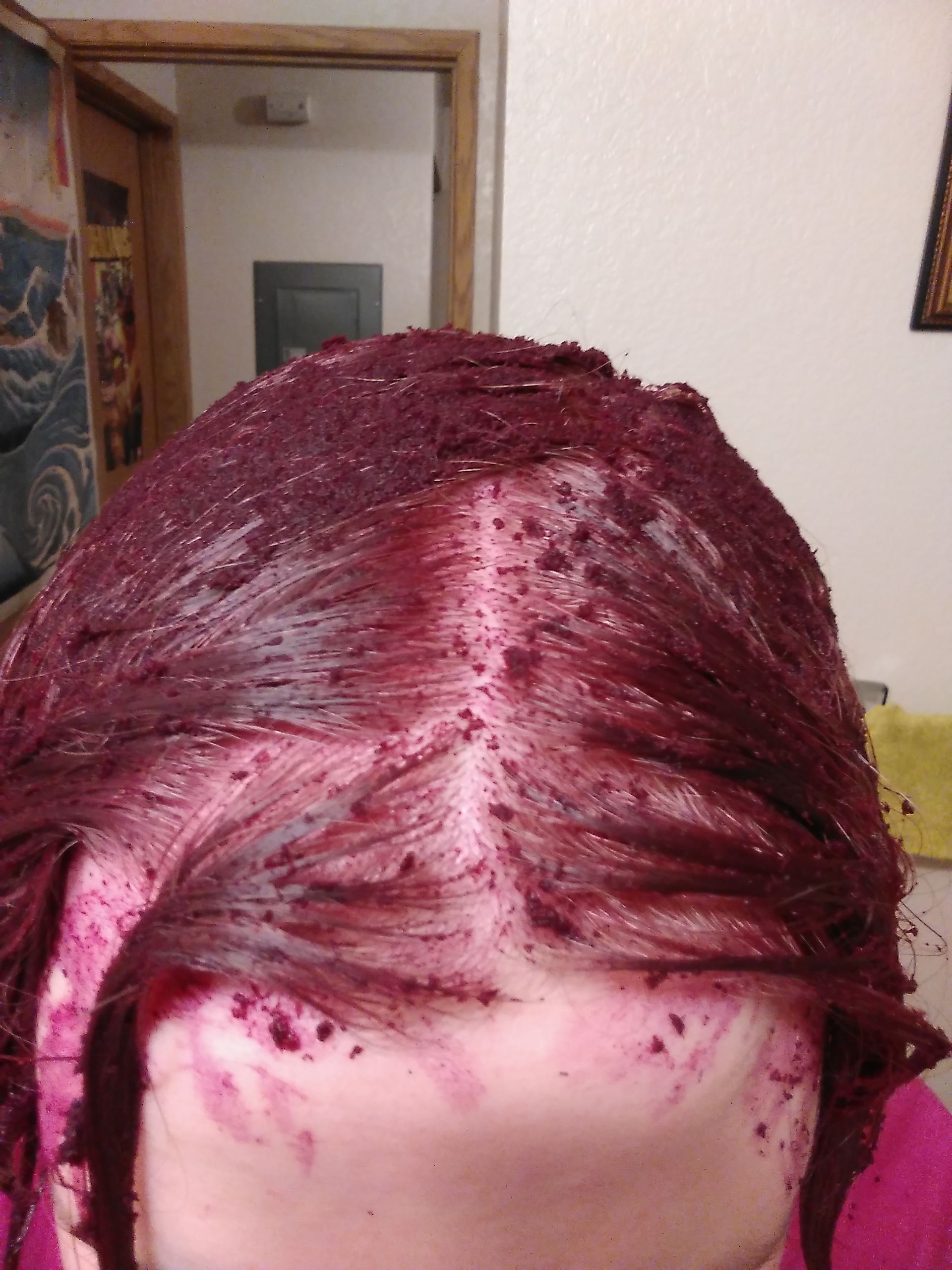
Now that is some red hair! I considered trying to take out the pulpy bits with a fine-toothed comb and just going about my day like this, but I wanted to see what would happen if I let it set in a towel for an hour, just like I did with the other juices. So once again, I wrapped up my hair and waited.
The Results, Part 1
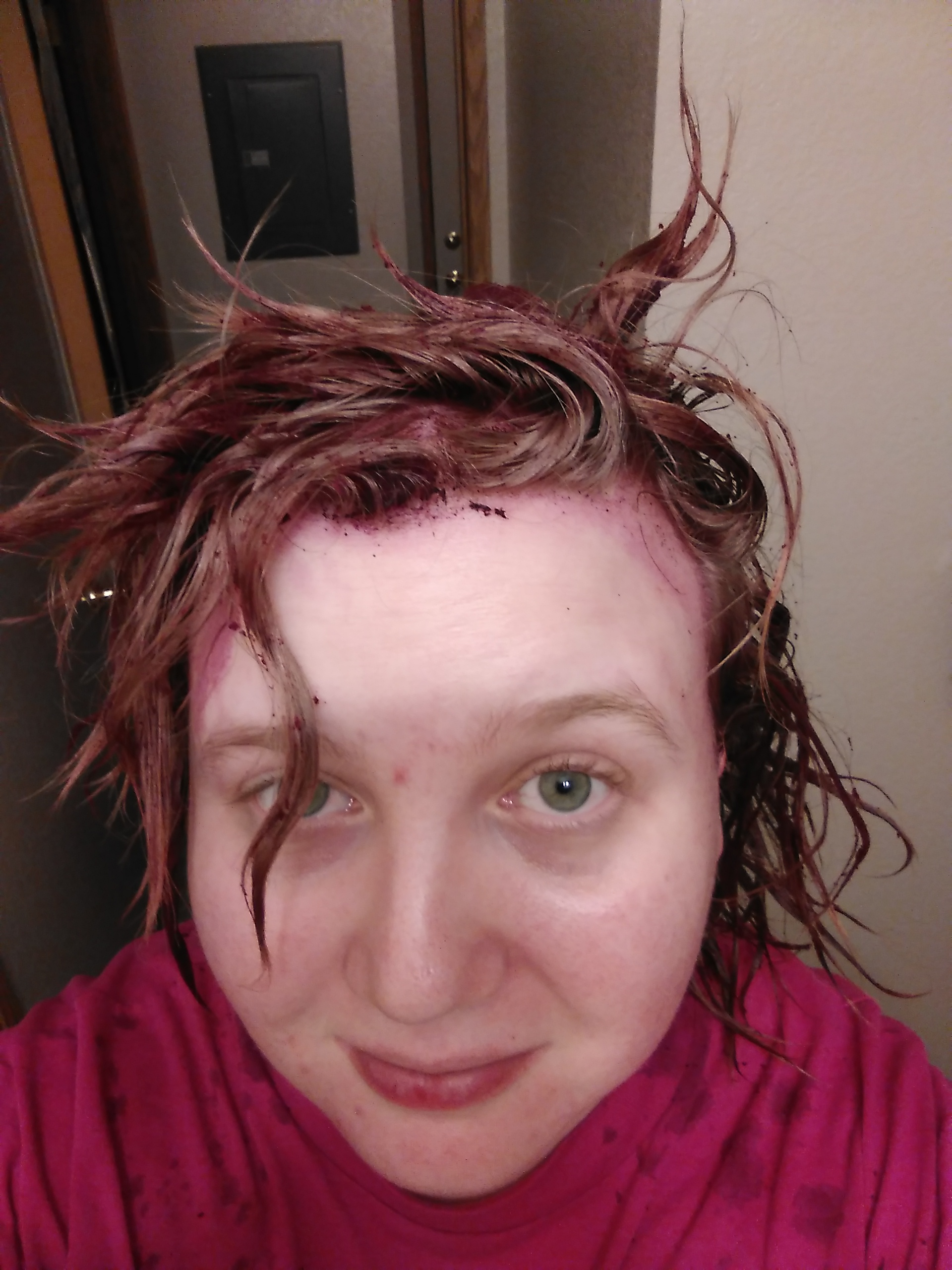
Here's what my hair looked like just after I removed the towel. It was pretty stiff, but I finally got some color!
I applied some of the aforementioned apple cider vinegar spray, hoping it would help seal in the color, then got to work rinsing all of the little bits of pulp out of my hair.
The Results, Part 2
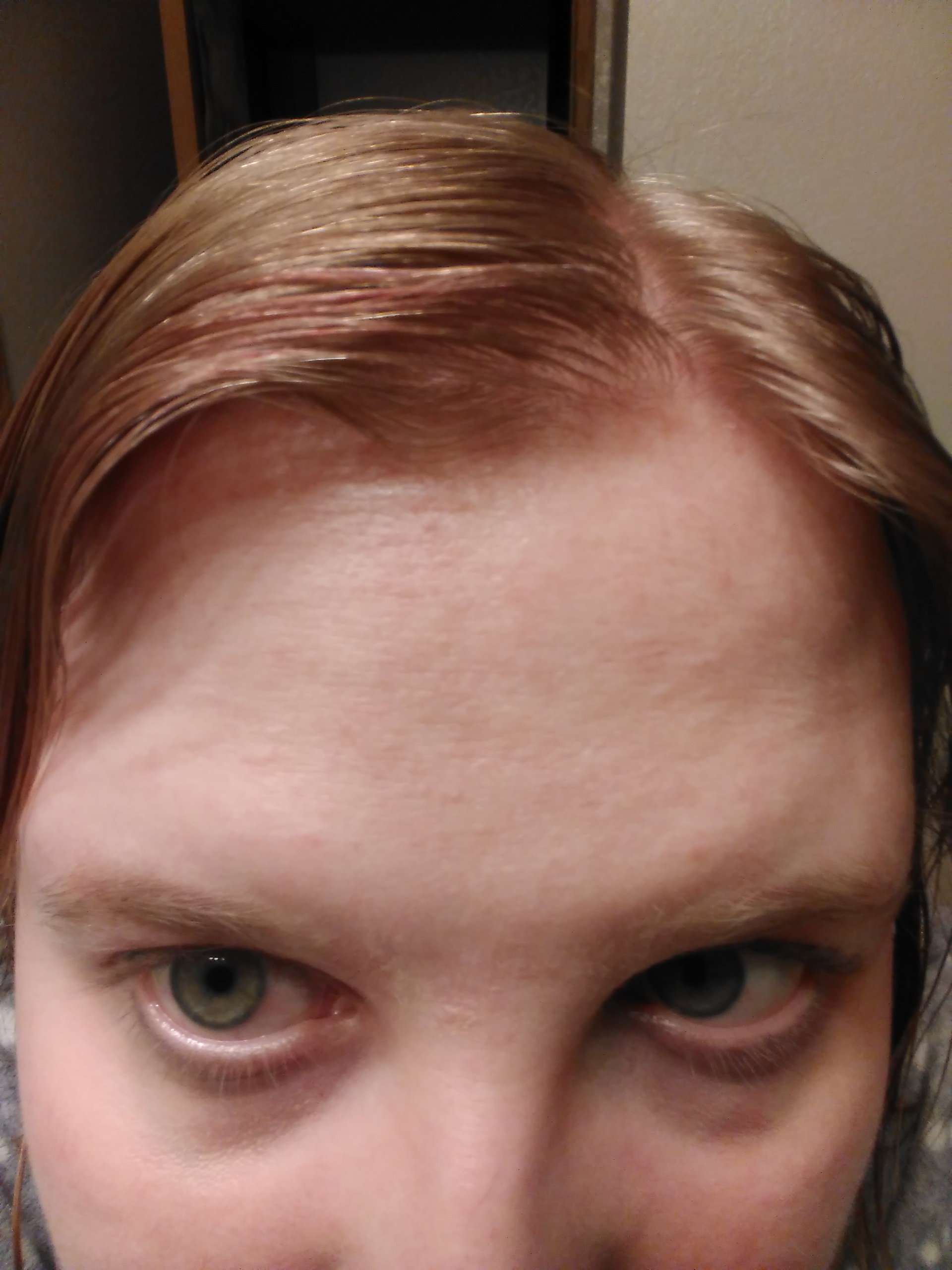
There you have it: The final result of me giving my hair a very thorough beet-ing. If you squint, you can see a bit of red in my hair toward the front, but not much elsewhere. My scalp, however, was not only really red, but it felt great after this treatment. Apparently, the vitamins in beets increase circulation and tighten pores in your scalp!
The very next day, I decided to give my hair a quick shampoo to see if the beet juice had any staying power.
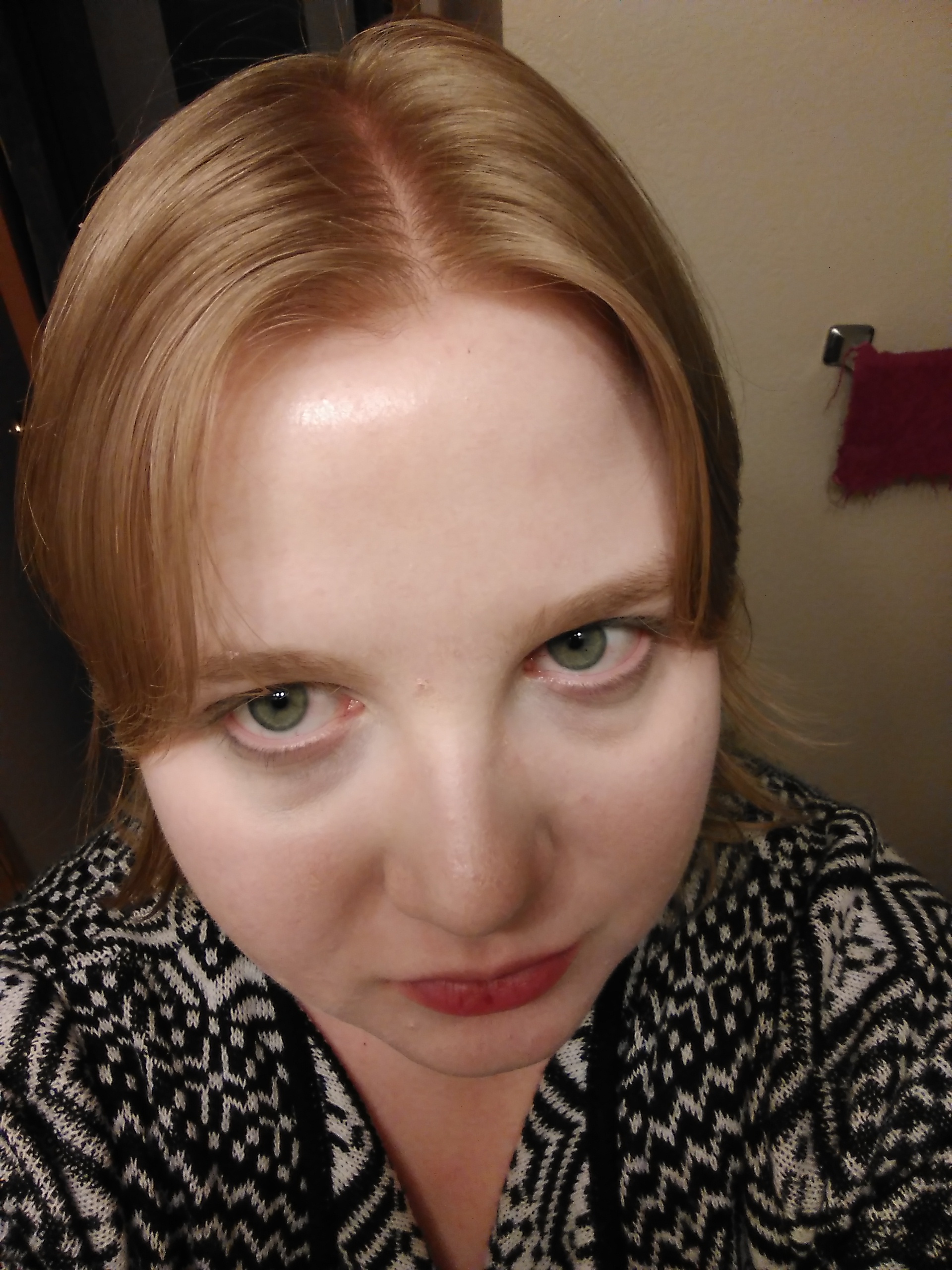
This is me after that single wash, which totally erased that tiny bit of beet-juice red out of my hair. (And left me sort of annoyed — the internet totally lied to me about the effectiveness of fruit and veggie hair dye.)
Then I got an idea…
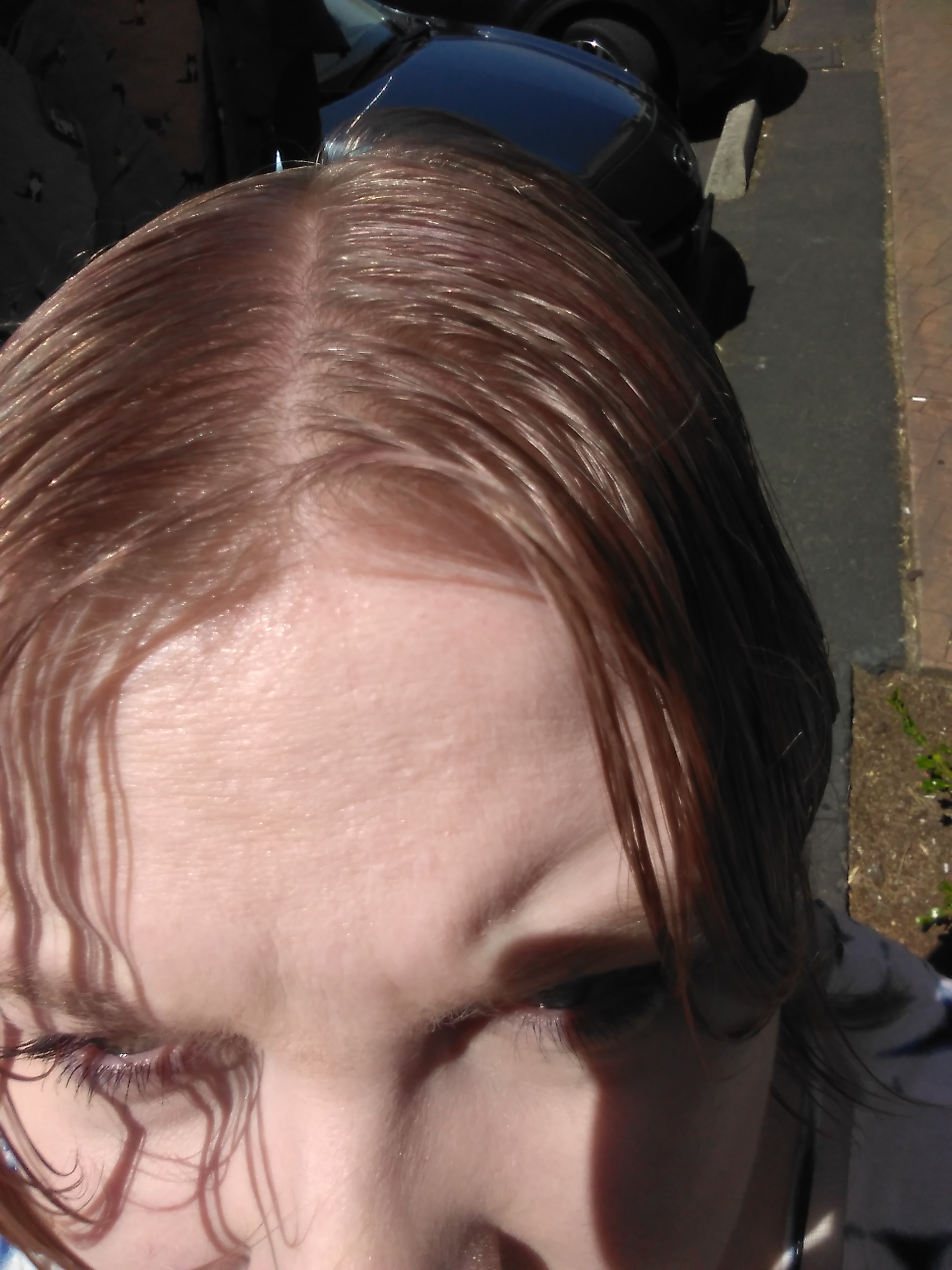
Remembering how red my beet juice-covered hair looked fresh out of the towel, I decided to take some leftover beet juice, apply it to a paper towel, and wipe it onto my hair just to get some of that deep red color on the surface. I then skipped the rinse entirely and went out into the world.
It's sort of hard to see the red in this photo, but the result was a nice strawberry blonde (heavy on the strawberry) for which I received multiple compliments. And for what it's worth, the juice also served as a natural hair gel — my hair was kind of stiff and crunchy, but it stayed in place fairly well once I styled it.
Although a thorough rinse later that night took the color out of my hair, I considered this wipe-and-go "dye" method a success.
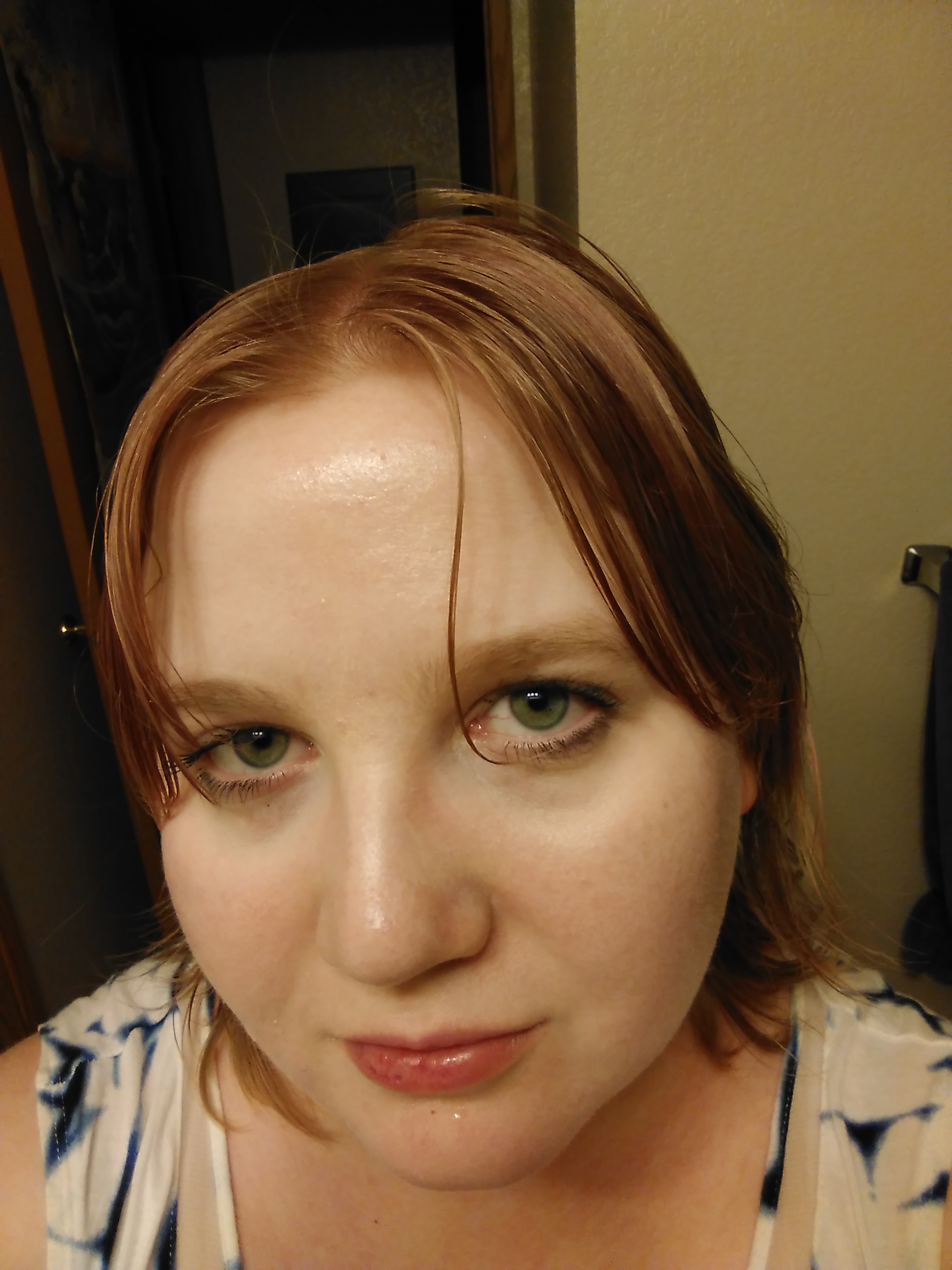
As temporary as it was, simply wiping the beet juice all over my hair was a great way to give it some fun color. Plus, it was much neater, cheaper, and more natural than those awful, spray-paint-like hair dyes — perfect for whenever you feel like being a redhead for a day.
Oh, and just so you know: You don't have to be a total bada** to attempt this while wearing a mostly white shirt, but it helps.




